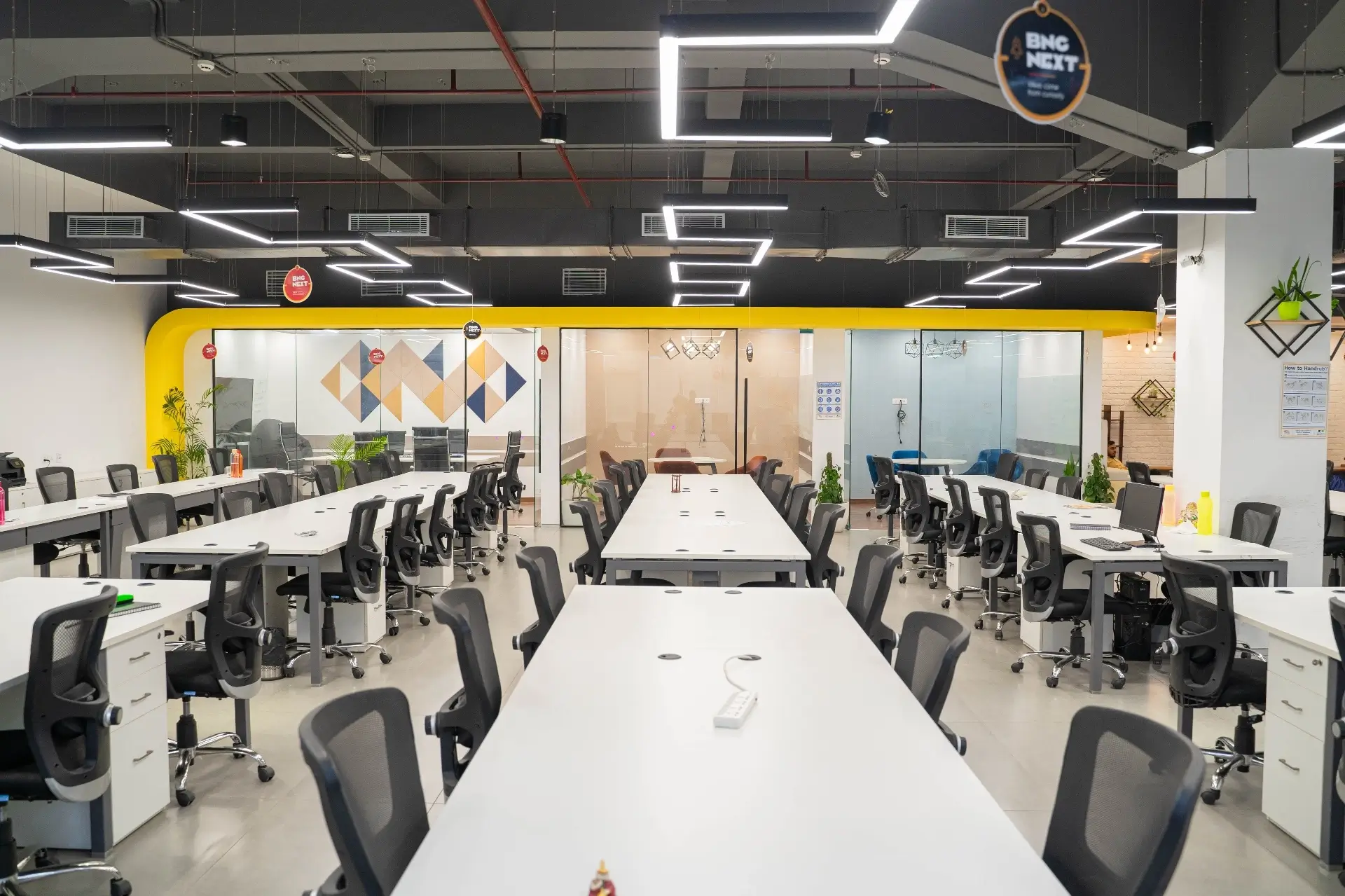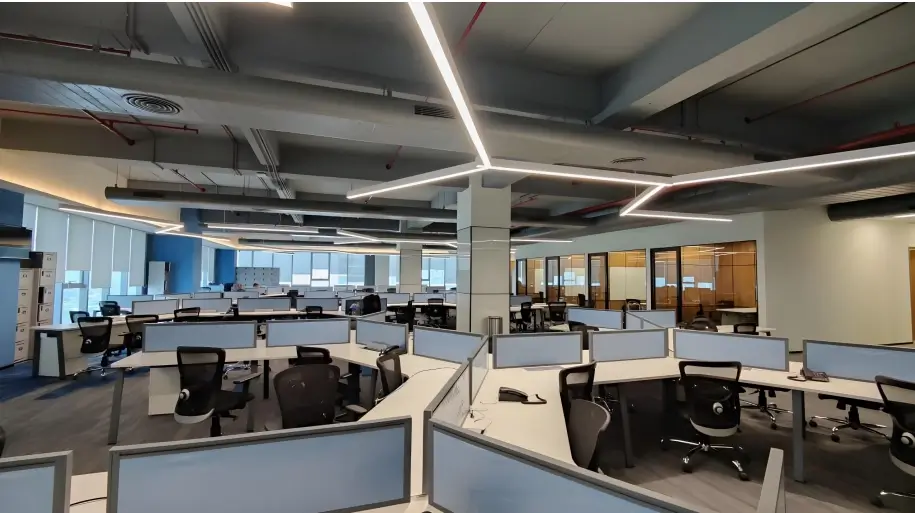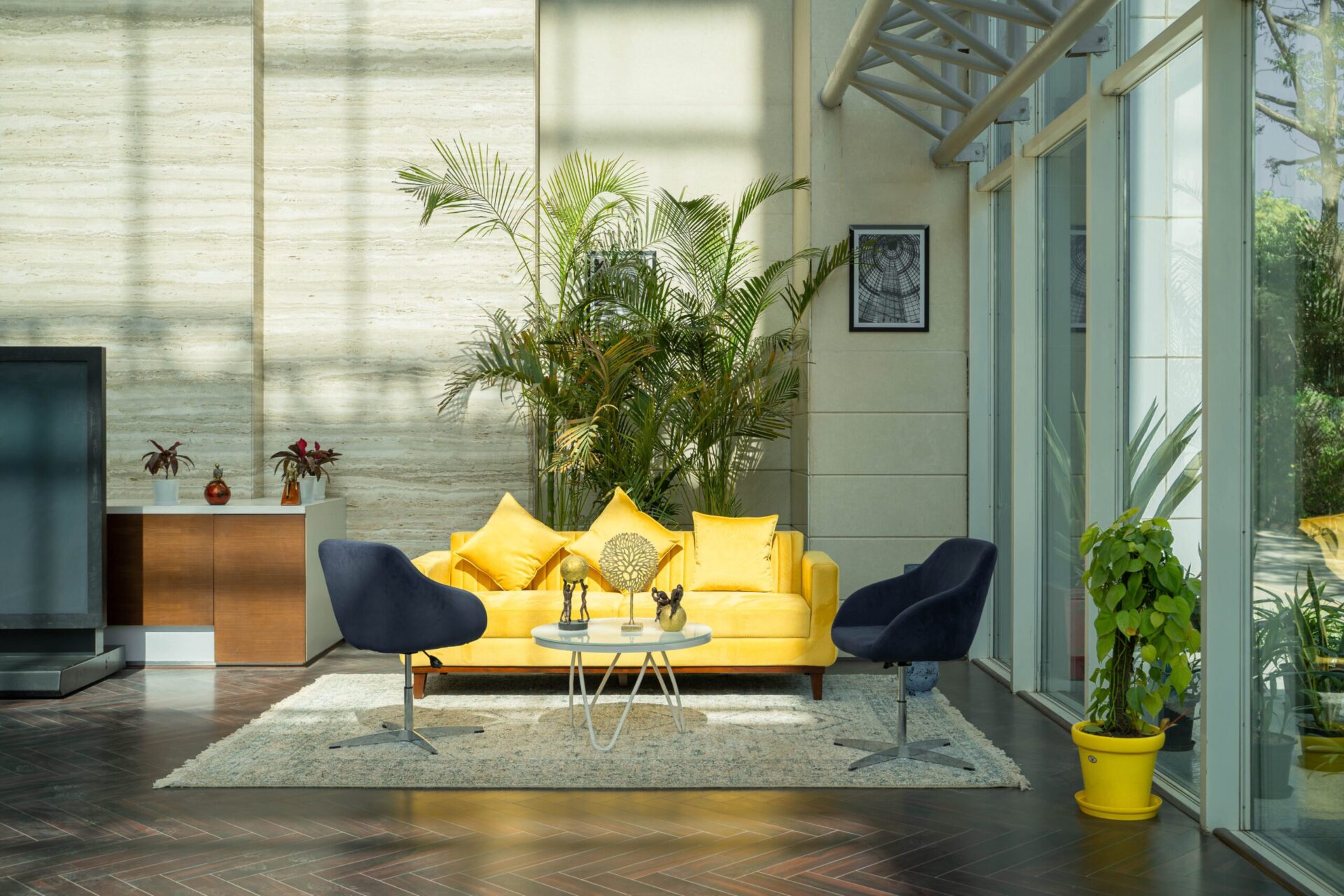It is advisable that you leave the interior designing of offices to Delhi-based professional interior designers. Given a hectic business city like Delhi to operate out of, you can take your business game to a whole different level with the right professional by your side in your office, as well as make your work environment a pleasant place to come to work each day for your employees. The following is how you should proceed to hire the best office interior designers in Delhi for your company.
Why Choose Professional Office Interior Designers in Delhi?
Hiring experienced office interior designers in Delhi comes with several advantages:
- Space Planning Expertise: They make the best use of your space to achieve maximum flow and functionality.
- Latest Trends Knowledge: Designers stay abreast of new office design trends to create fresh, trendy spaces.
- Vendor Relationships: Designers have access to good quality materials, furniture, and decor through known contacts.
- Project Management Expertise: Professional designers get your project done on time, within budget.
Learn more about professional workspace design with Orange Offices.

Important Factors to Remember While Hiring an Office Interior Designer in Delhi
When choosing a professional, have the following considerations:
1. Portfolio and Experience
- Review past projects to evaluate the designer’s style and expertise.
- Check for successful completion of projects similar to your workspace needs.
2. Client Testimonials and Reputation
- Browse reviews and ratings to understand the designer’s reliability.
- Request references for firsthand insights from previous clients.
3. Budget Compatibility
- Ensure the designer can work within your financial plan.
- Discuss detailed cost estimates upfront to avoid hidden charges.
4. Communication and Collaboration
- Select a designer who values your input and incorporates your vision into the design.
- Clear communication ensures smoother project execution.
5. Sustainability Practices
- Opt for designers who integrate eco-friendly practices to align with green building standards like GRIHA or LEED Gold certification.
Explore sustainable design trends for workspaces.
The Design Process: What to Expect
Understanding the design process can help you prepare for your project:
- Initial Consultation: Discuss your workspace goals, budget, and timeline.
- Concept Development: The designer presents layout ideas, color schemes, and material selections.
- Design Finalization: Refine designs based on your feedback.
- Implementation: The designer manages contractors, material sourcing, and on-site supervision.
- Project Completion: Final walkthroughs ensure the workspace meets your expectations.
Top Trends in Office Interior Design for Delhi Workspaces
Incorporating modern design elements can elevate your workspace:
- Biophilic Design: Adding plants and natural elements for improved air quality and employee well-being.
- Flexible Workstations: Modular furniture for adaptable work environments.
- Ergonomic Solutions: Chairs, desks, and lighting designed to support posture and productivity.
- Technology Integration: Smart lighting, automated systems, and digital displays for enhanced efficiency.

Conclusion
Selecting the best office interior designers in Delhi is the key to enjoying a workspace that motivates staff and wows clients. With the assessment of experience, reputation, and people skills, you can be guaranteed a seamless design process. Spend in experts who are on your page when it comes to brand vision and attuned to Delhi’s vibrant corporate culture. Your ideal office interior design is just a consultation away!
FAQs
Professional designers ensure your office reflects your brand, maximizes space, and improves functionality.
Costs vary based on project size, materials, and design complexity. Expect a customized quote after consultation.
Timelines depend on the project’s scale, but most designs are completed within 4-12 weeks.
Yes, many designers specialize in transforming existing spaces to meet modern standards.
Outline your goals, budget, preferred style, and functional requirements to guide discussions.


